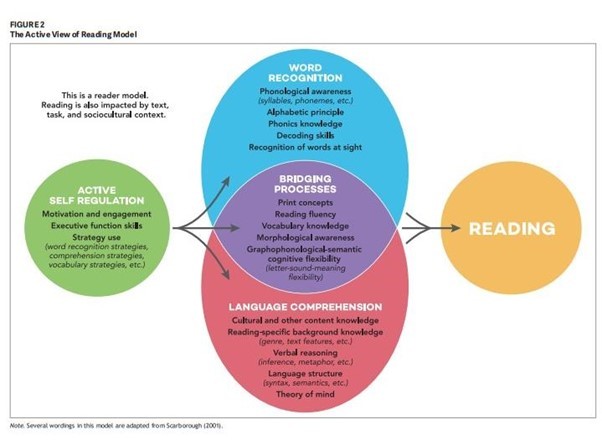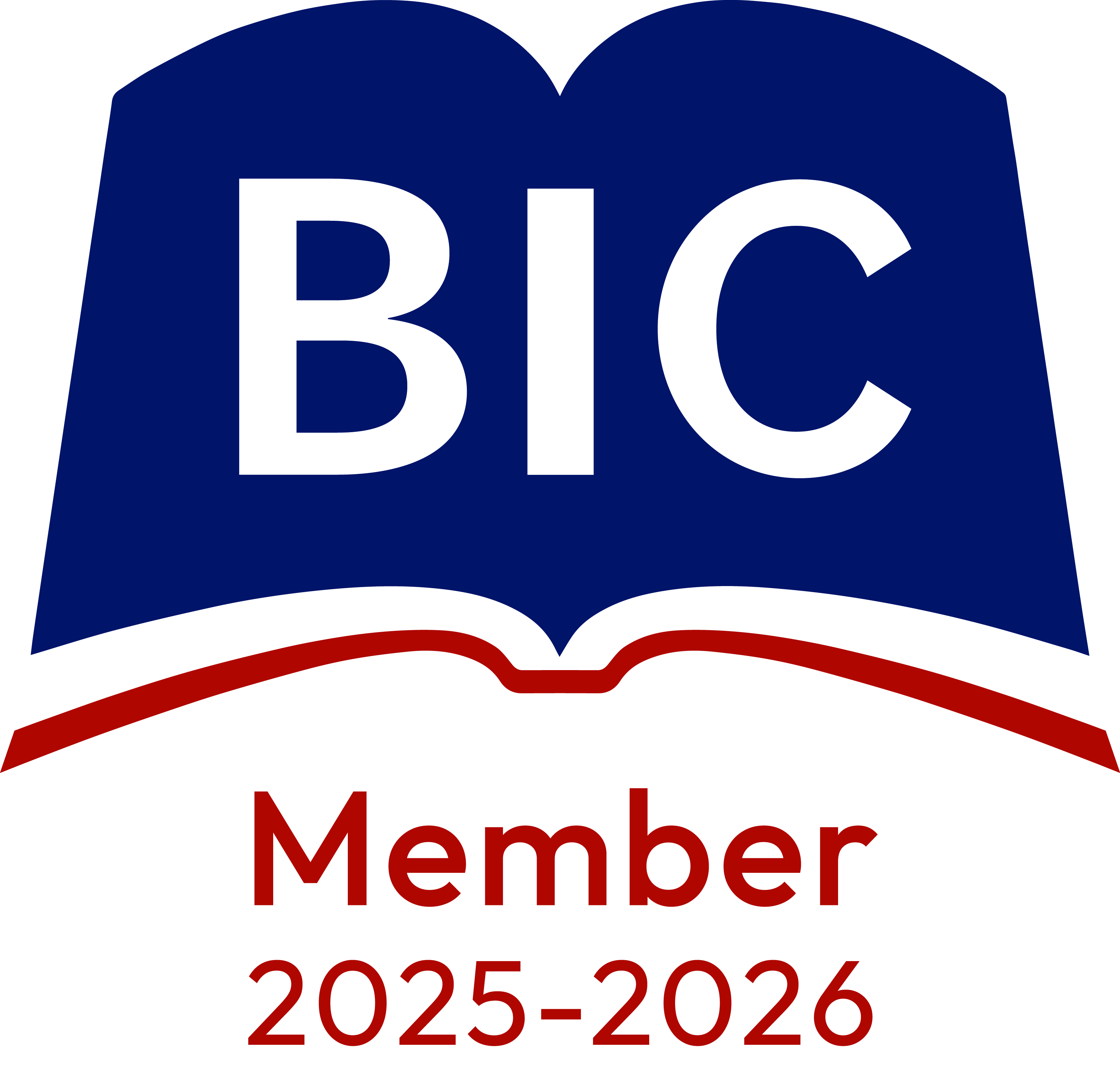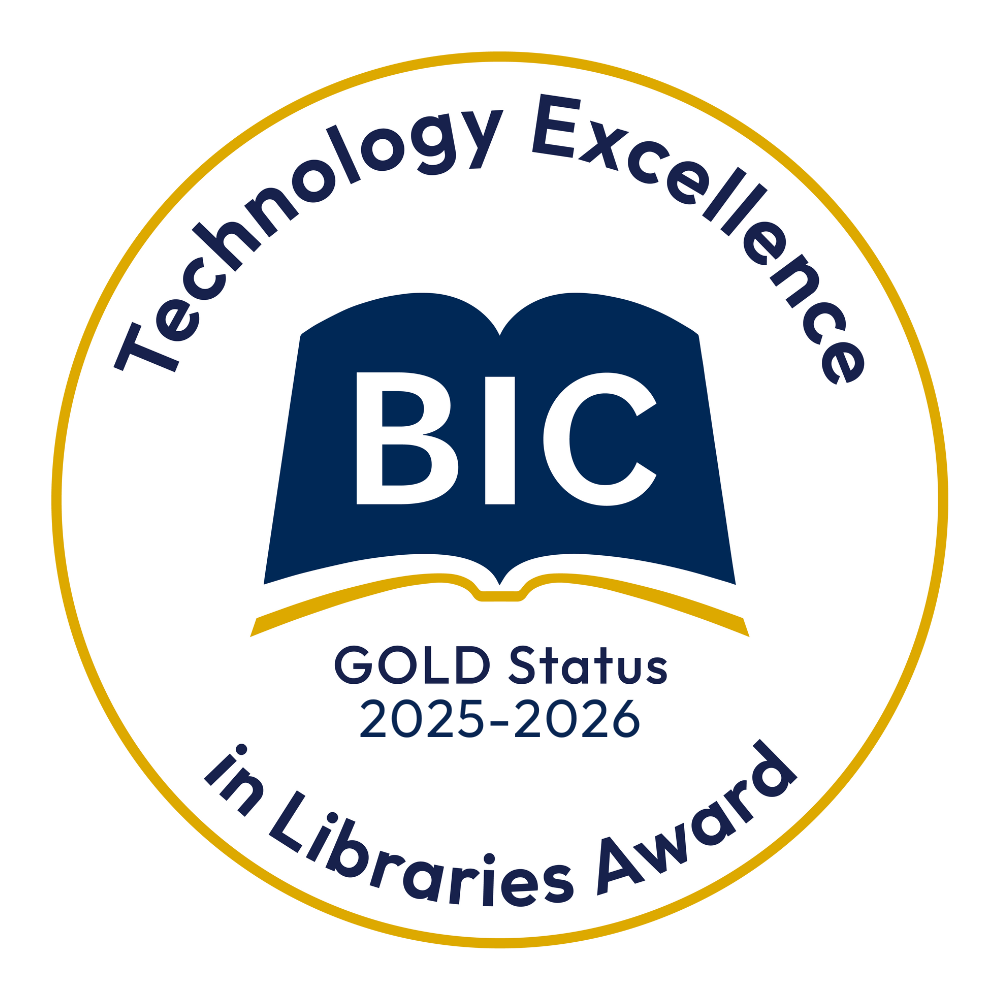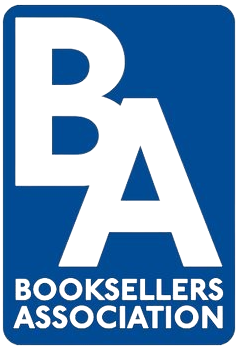Please note: We will continue to deliver your books and furniture until Thursday 18 December for schools, and Tuesday 23 December for public libraries. We will then close for the Christmas break, with deliveries resuming from Monday 5 January 2026. We wish all of our customers a very merry Christmas and a Happy New Year!
For help, advice and telephone ordering call our team on 0121 666 6646
Are you sure you wish to delete this basket?()
This action cannot be undone.
Sorry, something went wrong
Please report the problem here.
The Literacy Company: The Benefits of Whole Class Reading
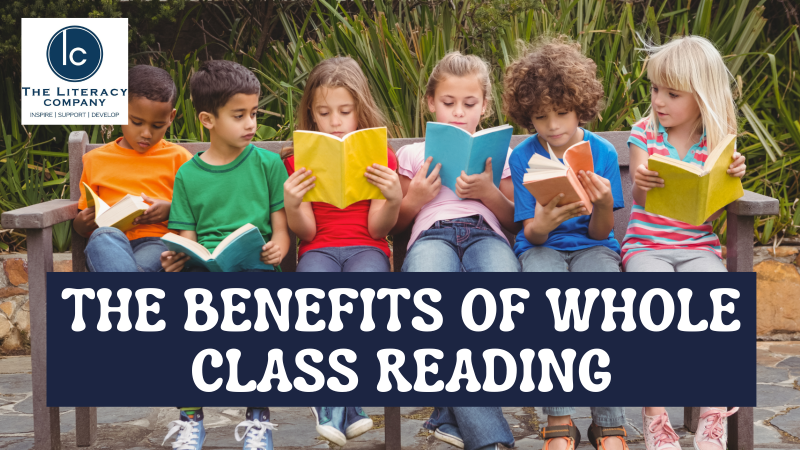
January 19th 2024
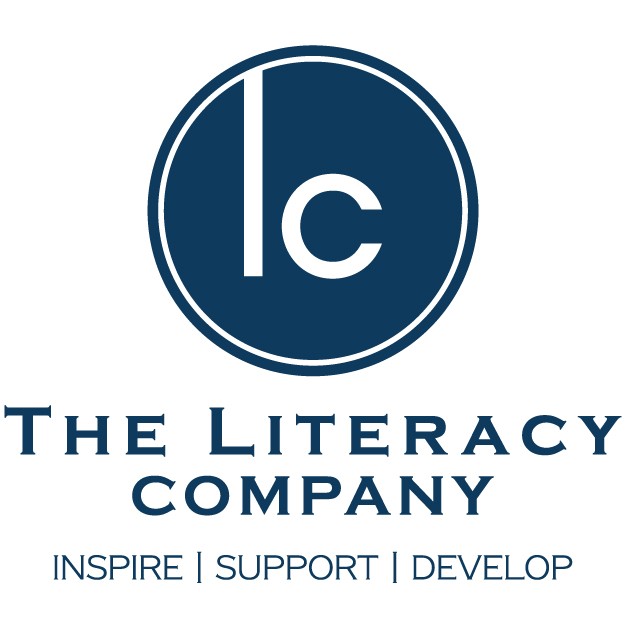 |
The Literacy Company The Literacy Company is a dedicated team of professionals who work closely with schools to enhance the curriculum and improve standards in English. Their award-winning Pathways Literacy programmes are already in more than 460 schools around the UK, and Peters are proud to be partnering with them to offer schools an exclusive discount on books linked to Pathways Literacy. |
Cast your mind back to your school days and what stands out. Can you recall that end of the day feeling when the whole class would settle down to hear the next chapter in the class story? Did you love the voices your teacher used when bringing a story to life? How many of these stories became firm favourites and you re-read them to your own class or children? If you have strong memories of these times, as many of us at The Literacy Company do, then you are part way towards understanding the power of whole class reading.
|
The Active View of Reading Model
In any classroom, there will be pupils that need support to bridge from word recognition through to language comprehension as demonstrated in the ‘Active View of Reading Model’ (Duke & Cartwright, 2021). |
Many changes have taken place in how we teach early reading, particularly with the strong focus on systematic, synthetic phonics teaching. More recently, the emphasis has been on ensuring pupils who are learning to read only practise their skills with fully decodable texts i.e. those that don’t contain words pupils do not yet have the skills to decode. These books are great for providing repeated practise of skills, but they will not necessarily introduce pupils to a wide range of vocabulary or share with them different story structures. So how do readers who cannot yet decode experience a whole range of rich literature? The answer is through whole class reading.
|
What are the benefits?
Whether you work with pupils who are 6 or 16, there will be those who cannot access a wide and rich variety of texts themselves as they do not have the prerequisite decoding skills (or maybe the vocabulary to fully comprehend what they are reading). If they were asked to read these texts themselves, they would struggle and that is a surefire way to switch off any love of reading. But to expose them to these texts, as read by an adult, opens up a whole new world with a range of benefits:
- Exposure to language and grammatical structures they wouldn’t find in the books pitched at their reading level.
- A model of what it sounds like to be a reader – including the voices, intonation, use of punctuation etc., which will support with their own reading fluency.
- The ability to join in with discussions about texts and develop their comprehension skills – this is especially true for those pupils whose language comprehension processes outweigh their word recognition processes.
- Exposure to texts which they may want to go on and read themselves once they have the skills.
- Widening their knowledge and understanding of the world around them.
Be prepared
Whole class reading does need some careful planning and thinking through. From choosing the texts, to knowing which words/subjects may need unpicking and thinking about how to guide pupils in good quality discussion, teachers need to be prepared. Here are some of our tips:
- Whole class reading should be taught in four parts to ensure practice of a range of reading skills e.g. Predict, clarify vocabulary, read and retrieve, and read and explain (taken from the structure of Pathways to Read).
- The session should be 30-40 minutes long with roughly 5-10 minutes per section of the lesson (for KS1 this may be shorter).
- It should be taught at a fast pace.
- Reading aloud by the teacher should be modelled at a suitable pace (age-appropriate) with timers set for pupils to answer questions quickly with a partner.
- Teach a whole class session prior to any grouped sessions or follow on tasks to establish the reading for the week.
This last point allows for pupils who still need to work on their decoding skills to get the time to practise with books that match their sound knowledge. For more skilled readers, it allows teachers to target discussions more clearly and still ensures that pupils are practising their reading skills independently.
Techniques for whole class reading
"A fluent reader understands the mood of the text because fluency is where word-reading and comprehension meet. Teachers need to model this: those children who are regularly read to will pick this up instinctively, but it is such a fundamental part of reading, whether aloud or internally, that we need to pay it explicit attention in school. Children who have been read to well by adults will grasp fluency in their own reading far sooner and more easily than those who haven't."
Sinead Gaffney, 'What's the best path to take for your reading strategy?', TES, 2017
During whole class reading sessions, there a number of techniques that can be deployed:
- Teacher reads aloud to model intonation and fluency while pupils are following the text.
- Teacher reads aloud to model intonation while pupils are reading aloud alongside the teacher.
- Pupils read in pairs quietly (same or mixed ability) supportive role to be carried out where appropriate.
- Pupils read the text silently at own pace.
- Pupils read a section of text in an allocated time to improve fluency.
This first two points are key (especially with younger or struggling readers), and the benefits of them can be summed up by the above quote from Sinead Gaffney’s 2017 TES article ‘What’s the best path to take for your primary reading strategy?’
At The Literacy Company, we're passionate about books and ensure that pupils are exposed to a wonderful range throughout their school lives through the work we do with schools and the programmes we create. You can find out more about this and our work via our website The Literacy Company - Enhancing classroom teaching. We also appreciate that there comes a time to just sit back, listen and enjoy being told a tale — as we all did with our teachers. So however you structure your reading in school, make sure you pick the texts that will make a difference.
Browse books from The Literacy Company's Pathways to Read programme
 |
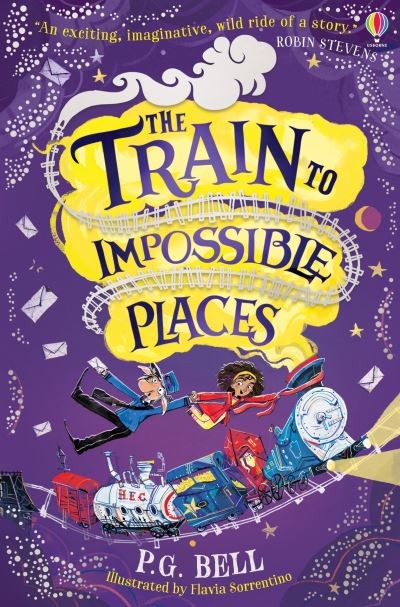 |
 |
 |
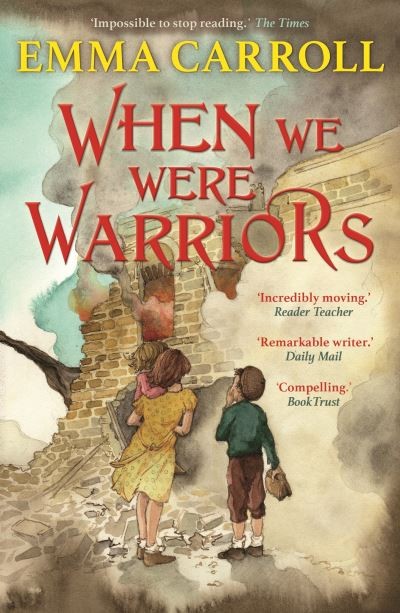 |
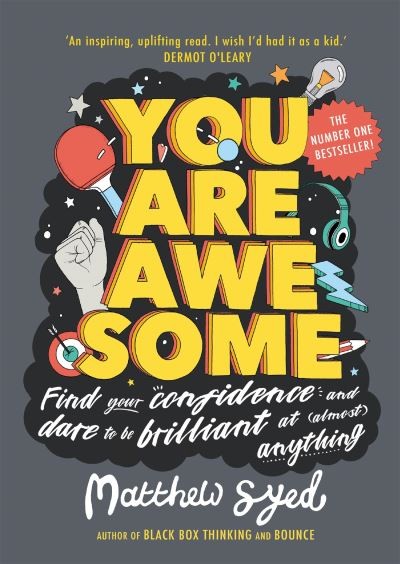 |

